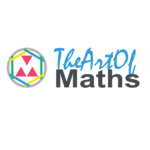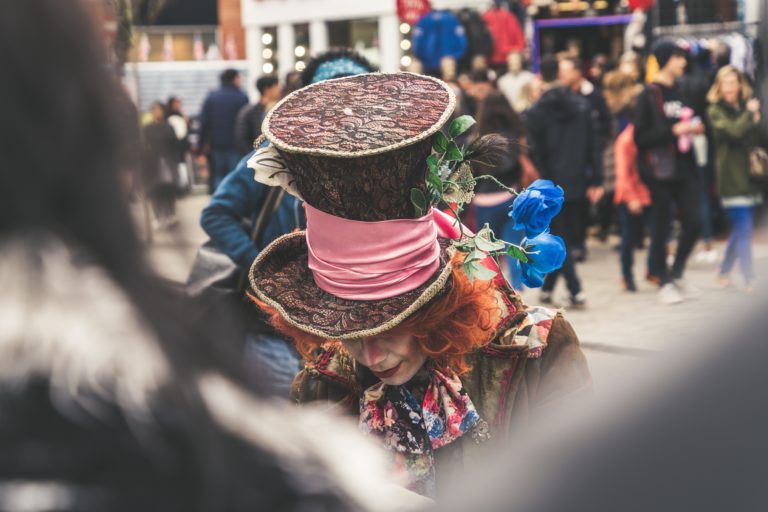If you read our last article about The Art of Maths, you now know that mathematics can be found in different forms of art such as visual arts, music, cinematography, literature and theatre. The goal of the project is to create pedagogical tools for mathematics teachers to use. Those tools are now almost finished and are being evaluated by the partners.
The tools contain an explanation of the artistic, musical, cinematographic, literary or dramatic concepts addressed followed by an explanation of their link to some mathematical concepts. After explaining both the math and the art, the tools provide a short assessment task. The students will find hands-on exercises, cinematographic scenarios and musical compositions among the suggested tasks. At the end of each tool, students and teachers will find interesting links to explore and learn from.
The project’s pedagogical tools are separated in five different parts: visual arts, music, cinematography, theatre and literature. Without even knowing it, we all learn math concepts everyday thanks to all these forms of art.
But how are those forms of art linked to mathematics?
VISUAL ARTS
The visual arts tools are the most obvious ones since it is the first thought one will have when thinking about how mathematics and art can be linked. The geometric shapes in Islamic art’s tessellations and the proportions of famous Renaissance statues and paintings are more noticeably based on math concepts such as geometric transformations, the Golden Ratio or the Fibonacci Sequence. These tools’ exercises will give students some hands-on tasks where they will, for instance, draw and make origami.
MUSIC
Even if music emerges from the compositor’s emotions, it is also very thoroughly structured with measures, notes, intervals and beats. The tools talk about the contributions to music theory such as Pythagoras’, who was a Greek philosopher from c. 570 to c. 495 BC. The legend tells that Pythagoras was passing by a blacksmith’s shop when he heard the hammers clanging against the anvils. He noticed that the sound produced was proportional to the hammer’s size and developed a theory based on the ratios in notes intervals. However, to develop this system, he used strings instead of hammers.
CINEMATOGRAPHY
Movies can have some mathematical aspects in their production phase but what we focused on were the movies or TV shows that talked explicitly about mathematics. Among those you will find tools about “Hidden Figures” (2016), “The big bang theory” (2007- ), “The man who knew infinity” (2015), and “Back to the future” (1985). The tools present a summary of the movie or episode, a description of the addressed math concepts and an immersive task that can present a similar scenario to the one in the movie.
THEATRE
The theatre tools are based on some plays presenting math concepts in their plots such as “The Man Who Counted”, by Malba Tahan or ‘The lesson’ by Eugene Ionesco. In the latter, for instance, the author uses the “theatre of the absurd” to show a math lesson that progressively turns into nonsense. The professor is caricaturized as a representation of dogmatic teaching methods that tend to undermine individual and logical reasoning. These plays can help students reflect about math concepts but also about the concept of logical reasoning itself.
LITERATURE
The tools about literature also focus on the content of the plots although some books are structured according to math concepts. This is the case for the book “The curious incident of the dog in the night-time” by Mark Haddon (2003), in which the chapters are only given prime numbers, as the narrator explains. The very famous “Alice’s Adventures in Wonderland” by Lewis Caroll (1865) also refers to mathematics but in a much more subtle way as it criticizes the new math theories of his times such as non-Euclidean geometry through nonsensical characters and situations.
![]() Follow us on Facebook: @theartofmaths
Follow us on Facebook: @theartofmaths
Visit the project’s website : https://artofmaths.eu/
#TheAMaproject
In collaboration with : Sandgärdskola (Borås Stad), Citizen in Power, Spel, University of Thessaly

